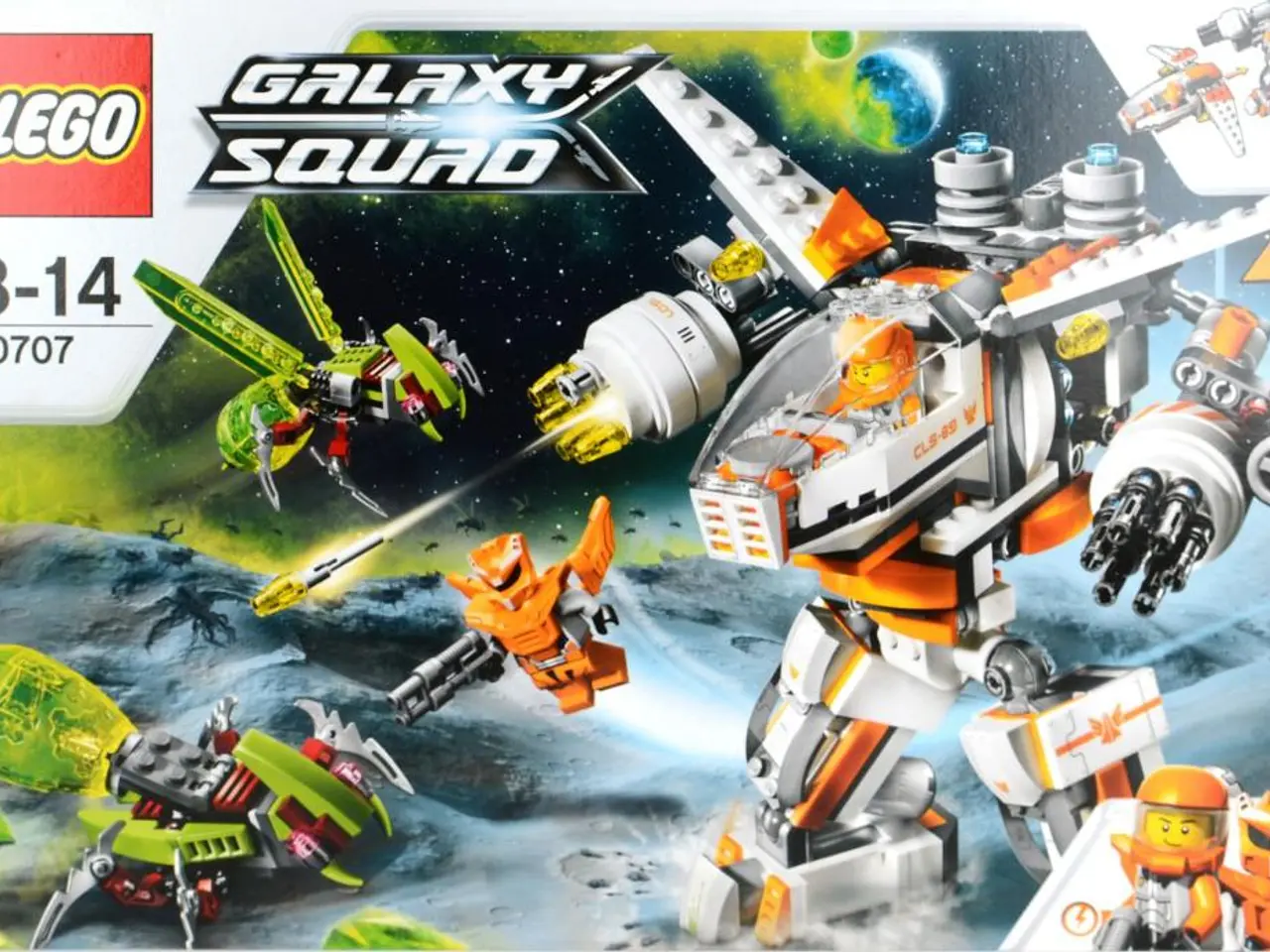Building AI-driven Characters: Shaping Immersive Realms with Digital Agents
In the ever-evolving landscape of branding, a new trend is emerging that promises to revolutionise the way businesses connect with their audience. This trend is the use of AI-powered avatars to create immersive storyworlds, where customers are not just consumers, but active participants in a living brand universe.
By embedding avatars in immersive storyworlds, brands are able to craft deeper emotional immersion. These digital characters serve as the faces of branded storyworlds, acting as guides, mentors, narrators, or even anti-heroes. This approach to branded engagement is not optional; it is the next frontier.
Transmedia branding, powered by AI, is bringing storytelling into customer experience design. Whether it's in retail, healthcare, or education, brands are embedding avatars in narrative-rich experiences across apps, websites, and events. Riot Games, for example, uses virtual influencers like Seraphine to inhabit their IP, blending fiction and fandom through scripted social content, music releases, and fan interactions.
Designing these immersive storyworlds requires a balance of creativity, user experience strategy, and technological expertise. This includes designing 3D retail spaces and AR-enhanced training labs for avatars, as well as creating environments for them to live and interact. Brands are investing in world-building teams, including creative directors, brand strategists, and XR designers, to ensure a coherent brand mythos for avatars.
AI avatars are given scripts, arcs, and environments, similar to those reserved for Hollywood IPs. They are given character bibles with details such as tone of voice, backstory, emotional range, and cultural fluency to transform them into personas. To maintain consistency across touchpoints, these avatars are used as the cohesive digital face in social media, customer service, marketing, onboarding, and internal communications.
To enhance immersion and relevance for diverse audiences, avatars can deliver localized content or multilingual interactions. For example, India's multilingual avatar, Eva, is a testament to this approach. Brands are also leveraging AI for scalability and engagement, automating content creation and avatar-driven communications to maintain engagement while scaling storytelling at pace.
Investing in storytelling architecture, such as narrative depth and rich environments, is crucial for businesses aiming to forge emotional connections and drive meaningful engagement. By doing so, brands are finding themselves with more engaged communities, better data, and a new path to emotional loyalty.
Examples of AI-powered avatar branding include virtual influencers like Lil Miquela, AI-driven brand mascots, and customer service avatars such as Bank of America’s Erica. These avatars serve as programmable, scalable digital brand ambassadors that connect audiences with a brand’s narrative and values across platforms.
By employing best practices such as consistency across touchpoints, personalization and localization, choosing an artistic style aligned with brand voice, leveraging AI for scalability and engagement, integrating advanced avatar makers, and infusing distinct personality and voice, brands can ensure their AI-powered avatars are not just brand representations but interactive characters that deepen audience engagement.
In conclusion, immersive storyworlds harness AI-powered avatars by combining scalable digital personas with tailored, consistent storytelling styles, ensuring avatars are not just brand representations but interactive characters that deepen audience engagement. Brands that embrace this narrative layer are finding themselves with more engaged communities, better data, and a new path to emotional loyalty.
- Marketing agencies are increasingly focusing on the use of AI-powered avatars as part of their creative strategy, as these digital characters can serve as the faces of branded storyworlds and drive immersive engagement.
- In the realm of branding, technology is playing a pivotal role in shaping storyworlds, with brands investing in world-building teams to ensure a coherent brand mythos for AI avatars across various touchpoints, such as social media, customer service, marketing, and internal communications.
- By infusing distinct personality and voice, AI avatars like Lil Miquela, AI-driven brand mascots, and customer service avatars such as Bank of America’s Erica, are becoming programmable, scalable digital brand ambassadors that connect audiences with a brand’s narrative and values across platforms.
- To maintain consistency and ensure immersion for diverse audiences, AI avatars can deliver localized content or multilingual interactions, making storytelling more engaging and relevant, as demonstrated by India's multilingual avatar, Eva.




